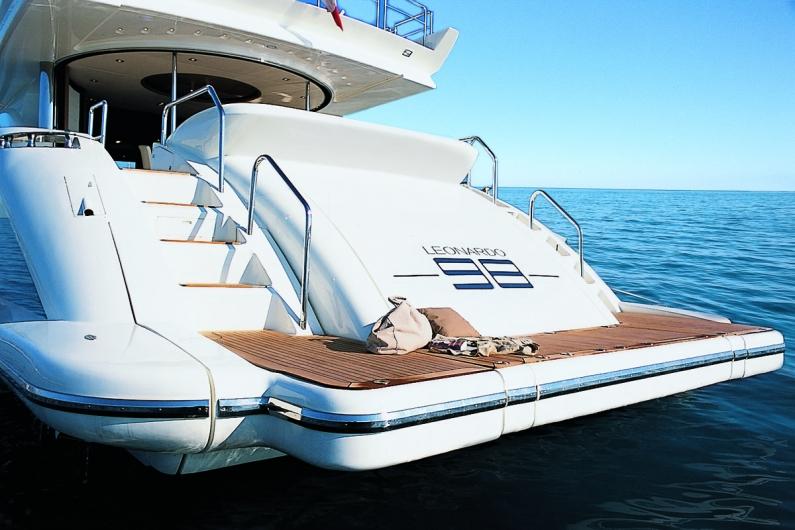It may be a freeing experience to learn how to use a sailboat in Singapore using only the wind as an “engine.” For some, sailing is the epitome of independence. It is the capacity to move with only natural “fuel.” This article describes the components of a sailboat for anybody interested in learning how to sail.
What Constitutes a Typical Sailboat?
There are several varieties of boats and watercraft. The same directional phrases apply regardless of whether you’re on a canoe or a huge sailing vessel.
- Bow: The front of the boat.
- Stern: The back of the boat. Whether aboard a 16-foot canoe or a 50-foot sailboat, a boat is steered from the stern.
- Starboard: The boat’s right side when looking ahead.
- Port: The side of the ship on the left. A technique for remembering port vs. starboard is that port is on the left.
What are Keels?
The keel is located underneath the vessel. The function of a sailboat’s keel is to prevent it from drifting sideways across the water when sailing against the wind.
There are several variants of sailboat keels:
- Fixed Keel: Structure that is permanent. Generally, boats with a fixed keel are more stable on the water, but the captain must always be mindful of the depth of the water. If a keel strikes the bottom in shallow water (also known as running aground), it may be more challenging to remove it from the bottom than with other keels.
- Centre-board: A large blade that extends below the waterline and is often positioned in the vessel’s middle. Unlike a permanent keel, a centre-board may move up and down within the hull.
- Dagger-board: Large blade that is lowered vertically from the cockpit.
What are the Sailboat’s Components?
In addition to the fundamental boat pieces described above, sailboats also include a sailing rig and additional submerged components. Together with the wind, these components propel the boat forward. There are several types of sailing rigs. Numerous sailboats have what is known as a sloop rig. Listed below are the standard parts of a sloop-rigged sailboat:
- Fore-stay: The line used to raise and lower a sail’s jib. (Ropes aboard a sailboat are referred to as lines or sheets)
- Head (Jib): The upper corner of the sail is connected to the halyard, which is used to lift the sail.
- Leech (Jib): The trailing edge of the sail between the head and clew.
- Luff (Jib): The sail’s leading edge between the head and the tack.
- Headsail or Jib: Sail situated in front of or ahead of the mainsail. Typically, it is connected to the forestay. There are several varieties of head sails, but most sailboats employ a sail known as the jib.
- Clew (Jib): The sail’s rear corner.
- Foot (Jib): The sail’s bottom edge that lies along the boom.
- Jib Sheet: Line used to regulate the inward or outward movement of the jib or head sail relative to the sailboat’s centerline.
- Main sheet: Line used to regulate the inward or outward movement of the main sail relative to the boat’s centerline.
- Stern: The rear of the boat
- Rudder: Large blade linked to the vessel’s stern below the waterline and used for steering.
- Tiller: A pole attached to the rudder that controls its direction.
- Boom: Horizontal pole projecting from the mast at the rear.
- Out-haul: Line that attaches to the sail’s corner (or “clew”) and draws back behind the boom.

